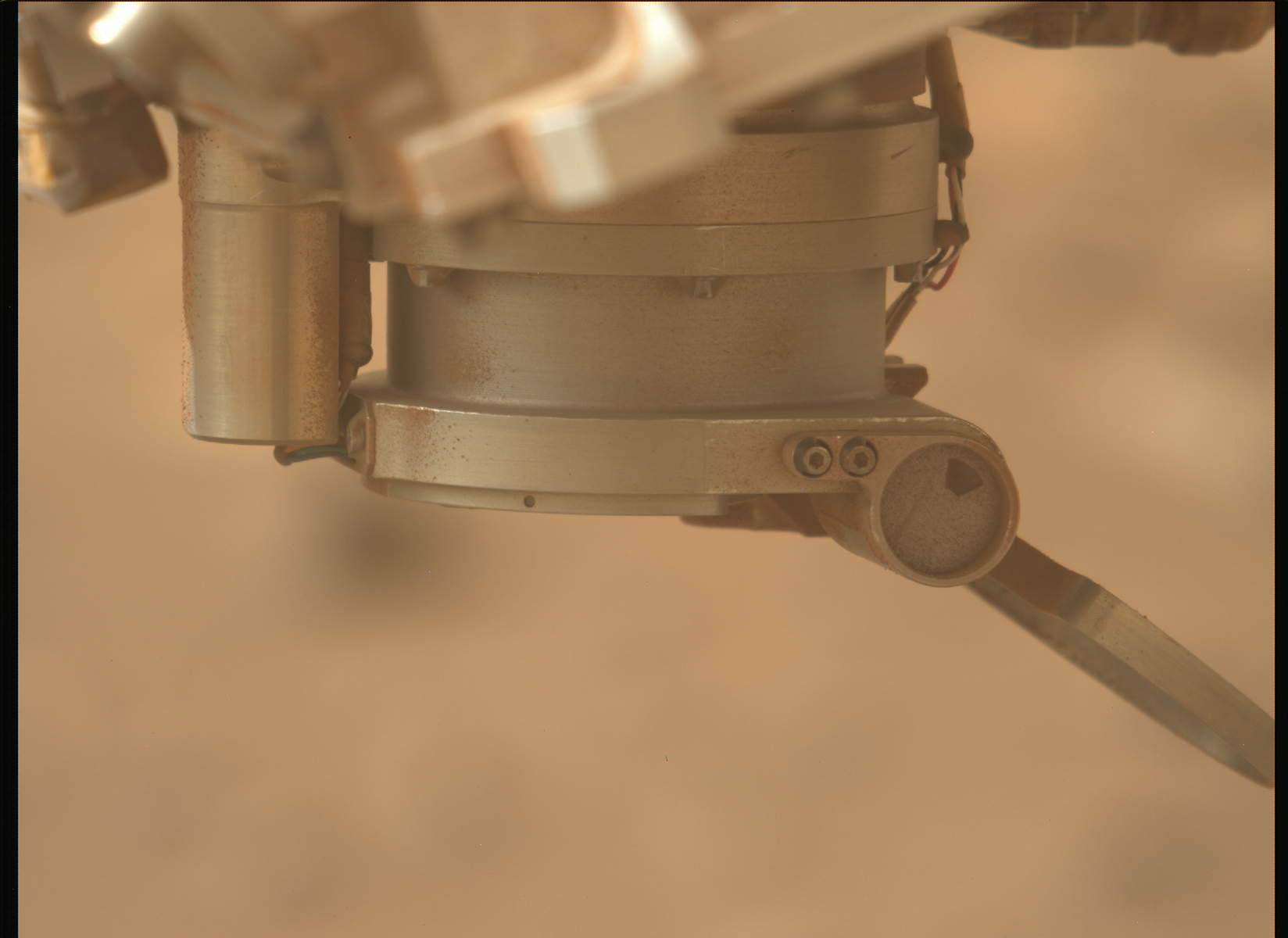I have seen thousands upon thousands of still frames from the MER, MSL and Mars 2020 missions, but very few that take the perspective seen above. I find it practical and useful for the following reasons:
- Seeing exactly which clasts and sand ripples have been in contact with the rover (notice the pebbles and cobbles that have been pushed into sand, exposing darker material). The rover's tracks aren't always evident, and this helps.
- We can easily see the state of the wheels
- We get instant perspective on the size of surface features
- We can observe sedimentation on the rover (how much sand/dust is coating it) through time
However...
Shots like this are just really cool. People already anthropomorphize rovers (and Ingenuity), because we like seeing ourselves on other worlds by proxy. People also like monster trucks, mudbogging, ATVs, and just plain getting dirty. Mars is known for being cold and arid, but the truth is, barring any possible toxins in the soil or dust, it's really a place for big kids! Geologists aren't the only ones who like to play in the rocks. There's a whole culture out there that likes to put metal to dirt or hard stone, and I don't feel like we reach them enough. More of these, please!




You mean "notional path to the SSW", Paul, no?